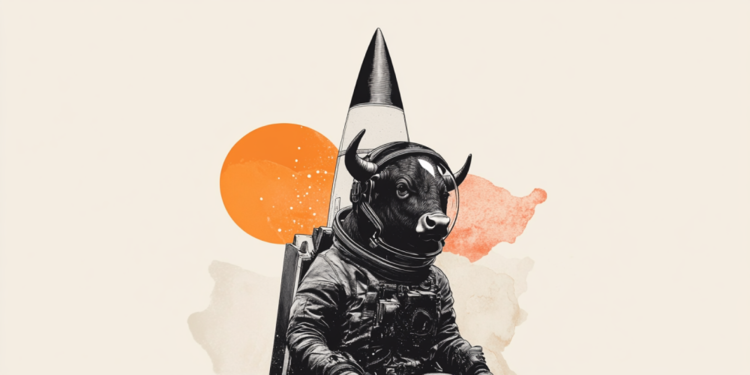The median age of the Brazilian population – an indicator that divides a population between the youngest 50% and the oldest 50% – reached 35 years old, according to data from the 2022 Census released by the Brazilian Institute of Geography and Statistics (IBGE) this Friday ( 27). In other words, half of Brazilians are up to 35 years old.
In Brazil, the median age jumped from 29 years in 2010 to 35 years in 2022.
In the same period, the indicator also increased in the five regions:
- North: from 24 years old (in 2010) to 29 years old (in 2022);
- Northeast: from 27 (in 2010) to 33 years (in 2022);
- Southeast: from 31 (in 2010) to 37 years (in 2022);
- South: from 31 (in 2010) to 36 years (in 2022);
- Midwest: from 28 (in 2010) to 33 years (in 2022).
The data shows an aging of the Brazilian population: the number of elderly people increased by 57.4%. The total number of people aged 65 or over jumped from 14,081,477 in 2010 to 22,169,101 in 2022.
The regions with the highest proportion of elderly people are the Southeast (12.2%) and the South (12.1%). The regions with the highest percentage of children up to 14 years old are the North (25.2% of total residents) and the Northeast (25.2%).
At the Rio Grande do Sul , 14.1% of residents are 65 years old or over – it is the state with the highest proportion of elderly population and the lowest percentage of children. The age group up to 14 years old represents 17.5% of the population of Rio Grande do Sul. The median age in the state is 38 years old, three more than the national median age – 35 years old.
At the Rio de Janeiro the elderly represent 13.1% of the population, while children are 17.8%.
In Minas Gerais 12.4% of the population is 65 years old or over, while the share of the age group up to 14 years old is 18.1%.
The three states with the highest proportion of children are in the North region: Roraima (29.2%), Amazon (27.3%) and Amapá (27%). In these states, the percentage of elderly people aged 65 or over is less than 6%.
The northern region of the country records a median age of 29 years. In Roraima, the median age is 26 years old, well below the 35 years old national median.
More women
The data also indicate a greater proportion of women, along with the aging of the population.
Now, women make up 51.5% of Brazilians. In the last Census, in 2010, they were 51.03%. In 1980, 50.23%.
In raw numbers, IBGE recorded:
- 104,548,325 women (51.5%)
- 98,532,431 men (48.5%)
“Around the world, more boys are born than girls, but men have a higher mortality rate,” he told CNN Márcio Mitsuo Minamiguchi, manager of Population Estimates and Projections at IBGE.
Women are the majority in all regions, but in the Southeast region this difference is greater.
- Southeast: 51.8%
- Northeast: 51.7%,
- South: 51.3%,
- Midwest: 50.8%
- North: 50.1%
The state of Rio de Janeiro has the highest proportion of female population (52.8%). And only in three states are men the majority: Tocantins, Roraima and Mato Grosso, the state with the highest male composition (50.3%).
Acre was the only state with an equal proportion between men and women.
See the complete list of the proportion of women in the states’ population.
*Published by Fernanda Pinotti, with information from Agência Brasil
Source: CNN Brasil
I’m James Harper, a highly experienced and accomplished news writer for World Stock Market. I have been writing in the Politics section of the website for over five years, providing readers with up-to-date and insightful information about current events in politics. My work is widely read and respected by many industry professionals as well as laymen.







